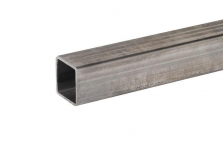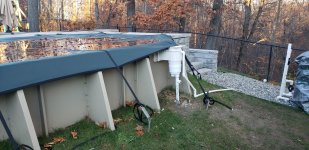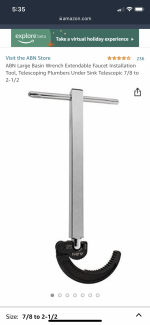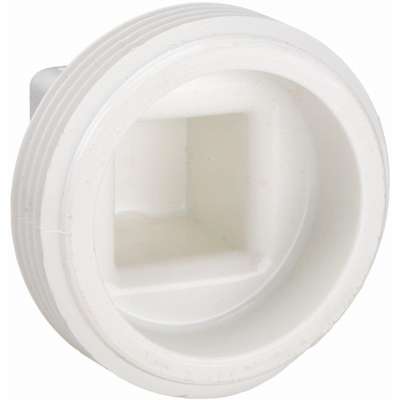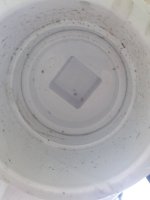You'll have to forgive me for asking a monumentally stupid question... but how do you remove this square-head plug? It's at the bottom of my skimmer. I can sort of reach down there with channel locks but the angle is so tight that I can't get any leverage to turn it.
The head of the plug is about 1 1/4" on each side. Do they make some kind of square-head wrench which fits over it?
The head of the plug is about 1 1/4" on each side. Do they make some kind of square-head wrench which fits over it?



